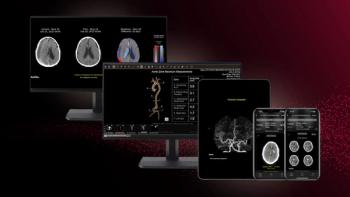
CT pioneer argues need for low kV scanning
While some may ask whether the CT community should transition to low kV, Willi A. Kalender, Ph.D., a professor in the Institute of Medical Physics at the University of Erlangen, in Germany, asks why not.
While some may ask whether the CT community should transition to low kV, Willi A. Kalender, Ph.D., a professor in the Institute of Medical Physics at the University of Erlangen, in Germany, asks why not.
Kalender, a pioneer in CT widely acknowledged as the father of helical scanning, argued in a lecture at the ISCT symposium May 18 that transitioning from 120 kV to 80 kV will have no significant effect on image quality. He stated emphatically that reduced dose is not only possible for adult, but is essential for pediatric CT.
“With respect to physics and technology, the results should be the same, so the recommendation (across all makes of CT scanners) is to go to a lower kV,” he said. “Just possibly, if you do not have perfect results, however, talk to your manufacturer.”
Filtration techniques and components in the imaging chain can vary, according to Kalender.
“At different kV you have to make different efforts to keep the focal spot size the same, because these are very complicated electron guns these days,” he said. “But in principle you should get the same result. The differences are subtle.”
In an interview with Diagnostic Imaging, Kalender noted the importance of making adjustments in kV as part of an integrated approach to reducing radiation dose, one that involves making necessary adjustments to the mAs and utilizing algorithms that improve image quality, such as those involving iterative reconstruction, when available.
If a coherent approach is applied, the transition to lower tube energies need not stop at 80 kV. Kalender said he expects at least one vendor to make a 70-kV solution available commercially next year.
Newsletter
Stay at the forefront of radiology with the Diagnostic Imaging newsletter, delivering the latest news, clinical insights, and imaging advancements for today’s radiologists.




























